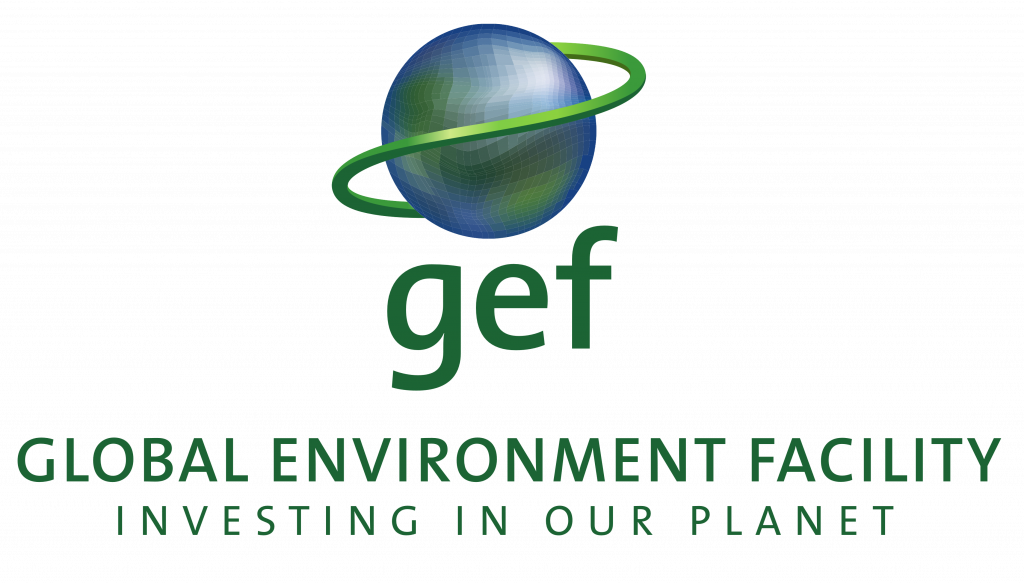More From Our
Glossary
Adaptation
The process of adjustment to actual or expected climate and its effects. In human systems, adaptation seeks to moderate or avoid harm or exploit beneficial opportunities. In some natural systems, human intervention may facilitate adjustment to expected climate and its effects.
Adaptation action
To put in practice physical or management agreements that respond to the opportunities or threats posed by climate change, such as: resettling people, or good in safer locations, relocating installations to avoid the risk of flood or changing crop varieties to those better able to cope with the climate. Enterprise associations and profession bodies, as well as central and local governmental departments should assist in this task.
Adaptive capacity
Is defined as the social and technical skills, financial resources and strategies of individuals and groups that are directed towards responding to environmental and socioeconomic changes.
Afforestation
Establishment of a forest or stand of trees in an area where there was no previous tree cover.
Agro-forestry
A method and system of land management involving the simultaneous cultivation of farm crops and trees
Extreme weather event
Is an event that is rare at a particular place and time of year, e.g., heavy rainfall, Recurring Droughts etc
Anthropogenic
Originating in human activity
Convention
An agreement between states covering particular matters
Deforestation
The action of clearing a wide area of trees.
Emissions
The production and discharge of greenhouse gases into the atmosphere.
Anthropogenic Intervention
An act of reducing severity of any human action that causes vulnerability
Atmosphere
Is the unstable and rapidly changing part of the system where all weather patterns occur.
or
The envelope of gases surrounding the earth.
Biosphere
Is the worldwide sum of all ecosystems. It can also be termed the zone of life on earth.
Climate Change
Any significant change in the measures of climate lasting for an extended period of time (at least 30 years). In other words, climate change includes major changes in
temperature, precipitation or wind patterns among other effects, that occur over several
decades or longer.
Climate Change Impacts Assessment
Is the practice of identifying and evaluating, in monetary and/or non-monetary terms, the effects of climate change on natural and human systems. (AR5 WG-II)
Climate Models
Also known as general circulation models (GCMs), use mathematical equations to characterize how energy and matter interact in different parts of the ocean, atmosphere, land. They are important tools for improving our understanding and predictability of climate behaviour on seasonal, annual, or decadal time scales. Models investigate the degree to which observed climate changes may be due to natural variability, human activity, or a combination of both.
Climate
Is defined as the average weather over a long period of time (at least 30 years) of
a certain place.
Climate Finance
Refers to financing channelled through national, regional and international entities for climate change adaptation and mitigation projects and programmes.
Cryosphere
Is the frozen water part of the earth’s climate system.
Exposure
Is defined as the presence of people, livelihoods, species or ecosystems, environmental services and resources, infrastructure, or economic, social, or cultural assets in places that could be adversely affected.




